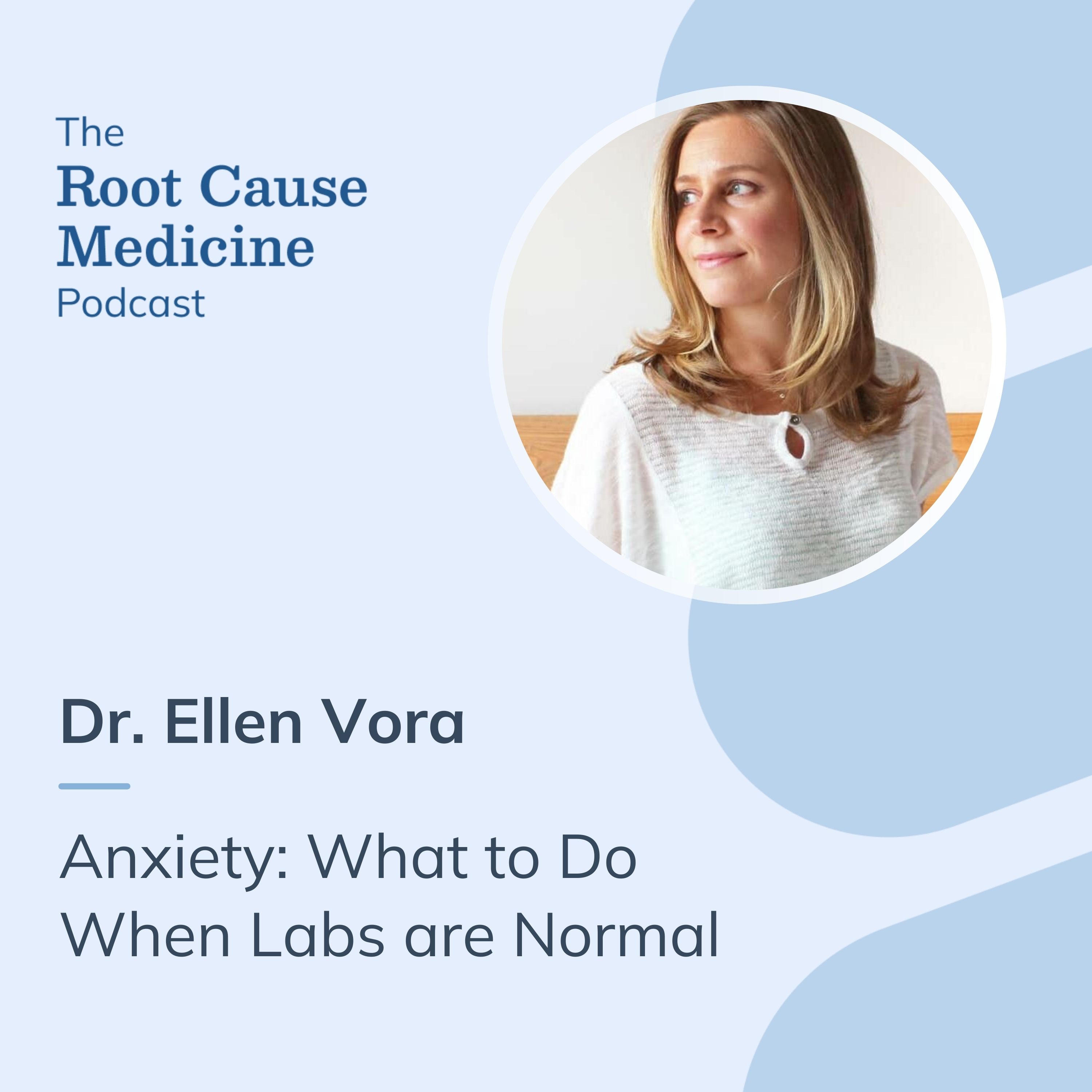According to the Bureau of Labor Statistics, the demand for phlebotomists is expected to grow by 10% from 2021 to 2031. This growth is attributed to the aging population and increased demand for diagnostic testing in healthcare. Phlebotomy can be an attractive career as many phlebotomists enjoy independence and autonomy in their jobs. Many healthcare offices are offering phlebotomy services to improve patient care.
Although each state has a different requirement for phlebotomists, it is important for the phlebotomist to be qualified via a certification and/or license in order to ensure safety and accuracy. In the medical field, phlebotomists play a crucial role in ensuring that accurate laboratory testing is performed through the safe and effective collection and handling of blood samples.
This article will dive into the steps involved in integrating phlebotomy services into a medical practice, including state and federal regulations, recruitment of qualified and certified phlebotomists, and the use of mobile draw phlebotomists. Additionally, the article addresses phlebotomist licensing requirements, which vary by state.
[signup]
What Is A Phlebotomist?
A phlebotomist is a healthcare professional who is responsible for drawing blood samples from patients for laboratory testing, transfusions, or donation purposes. This medical procedure, known as venipuncture, involves the use of a needle to pierce the skin and enter a vein to collect blood. Phlebotomists are trained to perform this procedure safely and effectively while also ensuring patient comfort. The role of phlebotomists is crucial, as accurate laboratory testing relies on the proper collection and handling of blood samples.
In addition to venipuncture, phlebotomists are responsible for labeling and transporting the collected blood samples to the laboratory for analysis. They may also be required to perform other tasks, such as preparing patients for blood draws, taking vital signs, and maintaining equipment. Qualified phlebotomists require certification, training, and ongoing continuing education to stay up-to-date with the latest techniques and best practices.
How Do I Add a Phlebotomist to My Clinic Staff?
Adding a phlebotomist to a medical practice can be a beneficial step towards improving the quality of patient care and increasing revenue streams by enabling on-site laboratory testing services. I offered phlebotomy services in my clinics along with my digital health programs, and my patients loved this service. However, the process of integrating phlebotomy services into a medical practice requires careful consideration and adherence to regulations and guidelines. The medical practice should evaluate its resources and infrastructure to determine the level of staffing and equipment needed to support a phlebotomy station, including the availability of appropriate space, equipment, and supplies to support the practice of phlebotomy.
One of the first steps to adding phlebotomy services to a medical practice is reviewing state and federal regulations on laboratory testing and phlebotomy practice. The Centers for Medicare and Medicaid Services (CMS) and the Clinical and Laboratory Standards Institute (CLSI) both provide guidance on laboratory regulations and standards of practice. It is essential to ensure compliance with these regulations to ensure safe and accurate laboratory testing. An important regulation is attaining a CLIA (Clinical Laboratory Improvement Amendments) certification in order to incorporate an in-office phlebotomy service. These CLIA certifications also need to be renewed on an annual basis.
Recruiting a qualified and certified phlebotomist is another crucial step. Certification and training programs are available through organizations such as the National Healthcareer Association (NHA) and the National Phlebotomy Association (NPA). These certifications ensure that phlebotomists have the necessary knowledge and skills to perform venipuncture safely and accurately. Integrating a phlebotomist into the medical practice requires proper communication and coordination between healthcare providers, laboratory companies, and phlebotomists. Electronic Health Records (EHRs), along with proper Standard Operating Procedures (SOPs), can assist in effective communication to ensure accurate lab procedures and timely reporting of laboratory results.
Using Mobile Draw Phlebotomist in Clinic
Mobile draw phlebotomists can be a convenient and effective way for healthcare practices to provide laboratory testing services to patients who are unable to come to the office. A healthcare practice can determine the need for mobile draw services by evaluating the patient population and identifying patients who may have difficulty coming to the office for laboratory testing. This may include elderly patients, disabled patients, patients who live in remote areas, or working professionals with time constraints. There are several companies that offer mobile draw phlebotomy services. Finding a reputable company with experienced and certified phlebotomists with a good track record of providing quality services is important. Many lab companies will also have recommendations on certified mobile phlebotomists that are contracted with them.
Once a mobile draw company has been identified, the practice should review the terms of service, including the fees and the scope of services provided, so they can relay this information to their patients. It is important to inform patients about the availability of mobile draw services and how they can access them. This can be done through patient education materials, such as brochures or flyers, and by informing patients during office visits.
After a patient has requested a mobile draw service, the healthcare practice should coordinate with the mobile draw phlebotomist to ensure that the patient's needs are met. This may include providing information about the patient's medical history or medication use, as well as any specific instructions for the phlebotomist.
Mobile draw phlebotomy services can be a valuable addition to a healthcare practice, allowing patients who are unable to come to the office to receive laboratory testing services in the comfort of their own homes. If you are considering incorporating a mobile draw phlebotomy service into your clinic, a best practice tip is to go through the process as a patient so you can explain firsthand the experience.
Getting Licensed as a Phlebotomist For My Clinic
All licensed medical professionals, such as physicians, nurses, medical assistants, and clinical lab scientists, can perform phlebotomy services. Currently, there are no nationally required phlebotomy professional certifications. Each state has its own requirements for phlebotomy licensing. Some states require phlebotomists to be certified, while others only require a high school diploma or equivalent. It is important to research the licensing requirements for the state in which your clinic resides. However, in some states such as California, Nevada, Washington, and Louisiana, it is required that all professionals be certified as a phlebotomist before they can draw blood if their scope of practice doesn't include phlebotomy. It is also required in those four states that the phlebotomists maintain continuing education credits. For example, in California, it is required for phlebotomists to attain six accredited continuing education credits every two years.
Although certification or licensing is not always required, it is highly recommended as it increases the qualifications of the phlebotomist. The National Healthcareer Association (NHA) and the National Phlebotomy Association (NPA) offer nationally recognized certification programs for phlebotomists. They typically include coursework in anatomy and physiology, medical terminology, laboratory procedures, and hands-on training in venipuncture and other blood collection techniques. Steps to certification include eligibility for the exam, preparing for the exam, and passing the exam to receive credentials.
Becoming a licensed phlebotomist requires completing an accredited training program, meeting state licensing requirements, obtaining certification, and gaining work experience. By following these steps, individuals can become qualified to perform blood collection procedures and provide valuable healthcare services.
How to Use Rupa Health With Your In-Office Kits
Rupa can now handle orders for kits that you hand to patients in person. We'll still take care of the payment, requisition forms, instructions, and follow-ups for your patients. We currently offer this for Access Medical Labs, DUTCH, Diagnostic Solutions, Alletess, US Biotek, and Boston Heart kits. Click here to learn more.
Summary
Phlebotomists play a critical role in the healthcare industry by ensuring accurate laboratory testing through proper collection and handling of blood samples. Their specialized training and certification are essential to their success in the field, and ongoing education and training are necessary to stay current with best practices. The demand for phlebotomists is expected to grow in the coming years, making it a promising career path for those interested in the medical field.
From my experience in owning and operating multiple health clinics, adding a phlebotomist to a medical practice can have many benefits, including improved patient care and increased revenue streams. However, it is essential to adhere to regulations and guidelines, evaluate resources and infrastructure, recruit qualified phlebotomists, and establish proper communication and coordination. By following the steps provided, medical practices can successfully integrate phlebotomy services into their workflow and provide high-quality patient care.












%201.svg)







